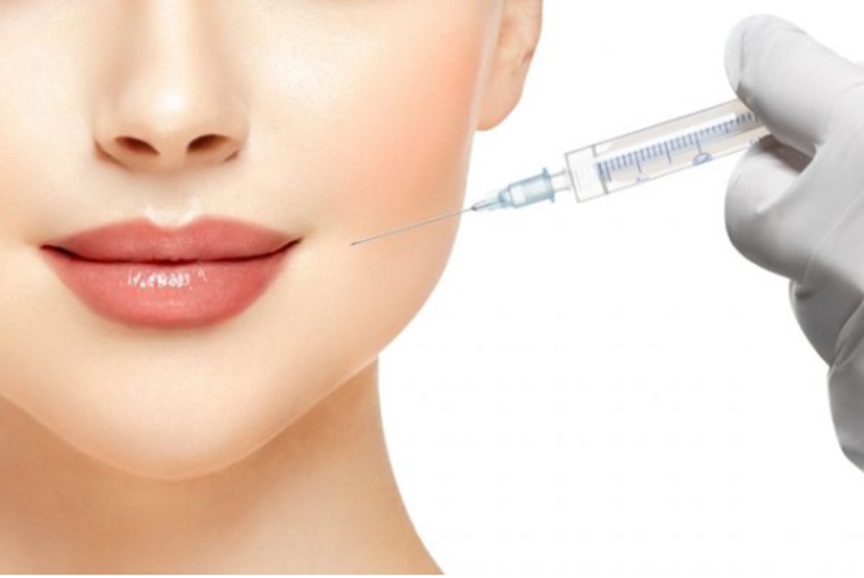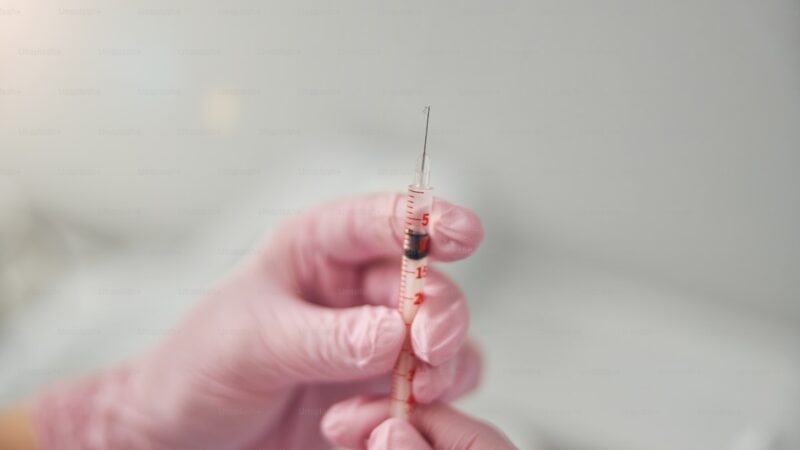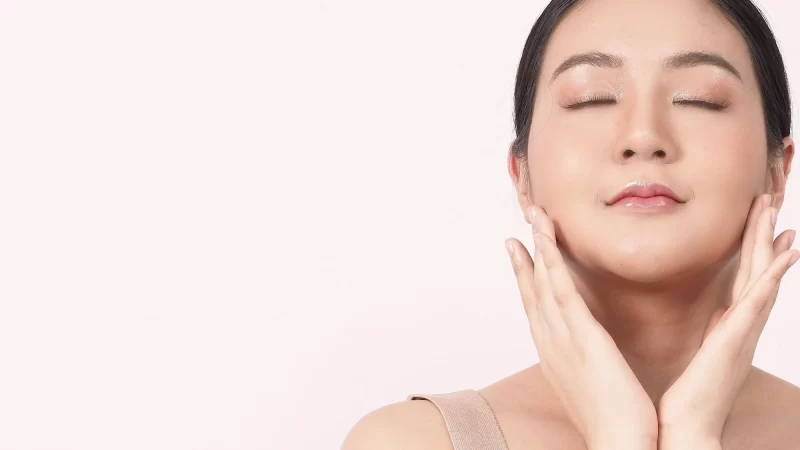Things You Need to Know About Dermal Fillers

Dermal fillers are injectable materials that are used to add volume and shape to facial features. In particular, fillers can be used to fill wrinkles and add volume to under-eye hollows. These fillers also have several non-facial uses, including adding volume or contouring skin on the face, the neck, chin and cheeks.
What are the Benefits of Dermal Fillers?
People increasingly use fillers to help with the aging process, uneven skin tone, acne scars, and other issues. These are small substances that are injected into the skin to create a fuller appearance. They can help with skin tone problems like acne scars or sun damage, and aging skin.
The benefits of these fillers include:
Improves skin texture and elasticity: Dermal filling is a type of cosmetic procedure that uses substances to fill in wrinkles and folds of the skin, improving texture and elasticity.
Helps to heal damaged tissue: Skin fillers are also used to fill in wrinkles, scars, acne, and skin defects. They are injected into the skin in order to create a smoother appearance.
Acne scarring: These fillers can be used for acne scarring. They can also be used to reduce the appearance of fine lines and wrinkles on the neck and the face.
Reduces discolouration: Dermal fillers can help reduce the appearance of discolouration on the skin, such as acne. These fillers essentially provide a scaffold for new collagen and elastin to build on, so they can gradually restore a more youthful complexion.
What are the Different Types of Dermal Fillers?
Different types of dermal fillers can be used for different purposes. Some fillers create a temporary lump, while others can remain permanently.
There are many different types of fillers, and they serve different purposes. Some create a temporary lump, while others can remain permanently. Examples of temporary fillers include corticosteroids, hyaluronic acid, and calcium hydroxylapatite/calcium carbonate. Examples of permanent fillers include polymethylmethacrylate (PMMA), polylactic acid (PLA), and collagen-based materials such as hydroxyethyl cellulose (HEC) or carboxymethylcellulose (CMC).
One of the main types of fillers is Botox. It helps in reducing wrinkles by blocking signals in the facial muscles that cause wrinkles.
Many people side-eye Botox because it’s associated with aging, but its use is still widespread. The most common brands are Xeomin and Dysport, two competitors with similar effects on the muscles.
Botox has become a staple in cosmetic treatments for wrinkles and other signs of aging like age spots or excessive sweating on the face or hands.
What are the Side-effects of Dermal Fillers?
In the last decade, the number of people who have been going for dermal fillers has increased significantly. These fillers are used to restore volume and smoothness to the skin. They can be an effective treatment for many common conditions, including facial rejuvenation and acne scars. But there are risks involved with dermal fillers and other procedures, so patients need to be fully aware of what is happening during their treatment.
This procedure does not always live up to the expectation of users, causing some side effects like pain or swelling. If you are considering this type of treatment, you must understand these risks beforehand before agreeing on any procedure.
Side effects of these fillers may include
- Itching
- Redness, rash, or swelling
- Sensitivity to sun or heat
- Blisters or pain
- Infection
- Discomfort
- Temporary swelling
Conclusion
In recent years, more people have been opting for the use of dermal fillers in order to look younger and fresher. These injectable solutions are made from less invasive options such as hyaluronic acid, which is a natural substance found in the body. This makes it a safer option for people who want to preserve their youthful appearance.
However, there are some risks involved with this procedure that are also mentioned in this article. To get the best results of your dermal fillers treatment, you should choose the most experienced and well-reputed dermatologist in your area. They can help with your end goal without much disruption.







